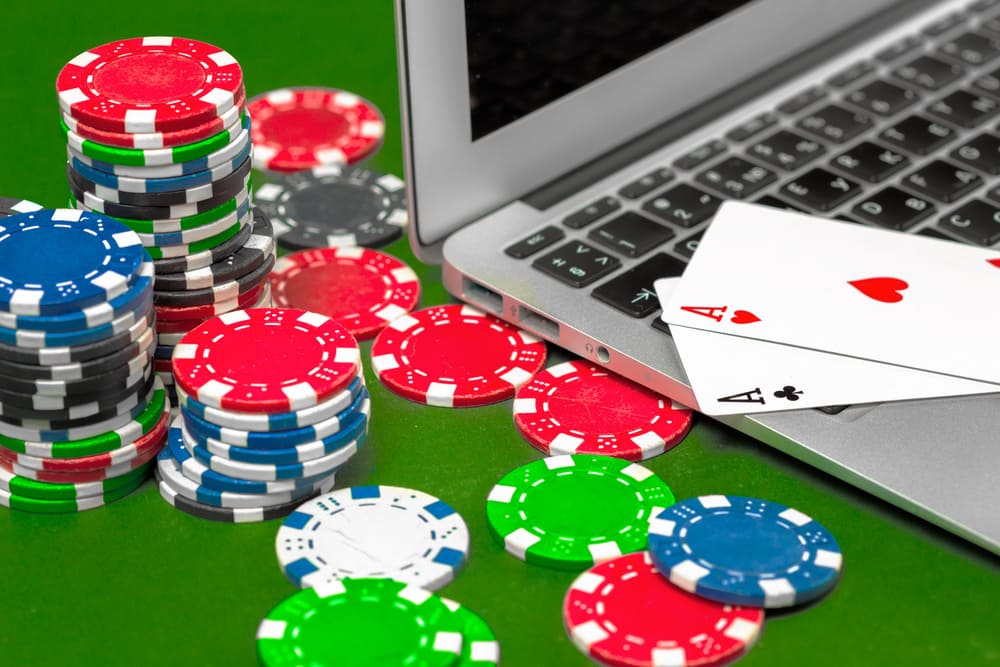Our specialization in web design for gambling brands has taught us that building a casino landing page that actually converts requires more than graphics and catchphrases. Conversion-driven design demands precision, tested methodologies, and data-backed decisions. A successful casino product must not only attract traffic but convert that traffic into action — registrations, deposits, and gameplay. This process involves aligning visual hierarchy, psychological triggers, UX principles, and legal compliance in a single unified design.
First Impressions and Visual Trust Signals
The first seconds a user spends on a casino landing page are crucial. Research from the Missouri University of Science and Technology found that visitors form an opinion about a website in less than 0.2 seconds. That opinion determines whether they’ll engage or leave. The gambling sector is one of the most scrutinized and mistrusted industries online, so visual trust signals need to appear instantly.
Designing a landing page with clear visual stability, polished design, and aligned branding helps. For example, Betway’s UK casino landing page uses a dark blue theme, consistent font types, and concise headlines to signal security and reliability. They place eCOGRA certifications, age restrictions, and licensing badges above the fold, establishing authenticity before users scroll. Our studio tested similar placements across three client projects and found that conversion rates improved by 8–12% when trust indicators appeared within the first 500 pixels of the screen.
Color psychology also matters. Warm colors like red and gold typically attract users but are often overused in gambling interfaces. If not balanced, they can feel aggressive or outdated. Cooler palettes with metallic accents or gradient overlays feel more modern while maintaining excitement. Stake.com’s design strategy includes subdued greys with vibrant CTA buttons, focusing attention without overwhelming the user. This combination has become a benchmark for several crypto casino platforms.
Message Clarity and CTA Placement
A casino landing page should lead users to one specific action — usually account creation or first-time deposit. Every design element should support this purpose. When we redesigned a sportsbook’s homepage for a European operator in 2023, we replaced three generic call-to-action buttons with one focused banner that offered a deposit match bonus. The copy stated the bonus size, the condition, and the button led directly to signup. Registration rates increased by 23% over a two-week A/B testing cycle.
The headline is equally important. It should deliver the offer and the value clearly. Vague taglines like “Get started now” or “Play with us” don’t communicate the benefit. Instead, a message such as “100% Bonus up to €200 – Register in Seconds” tells the user exactly what they gain and what to do next. Conversion-focused headlines are not about slogans. They are about action-oriented information.
Moreover, CTA placement should follow the natural reading path. Eye-tracking studies by the Nielsen Norman Group show that users read in an “F” pattern. This means the top-left to top-center area is prime real estate. Place your primary CTA here, supported by subheadings or a timer that creates urgency. Some regulated markets allow countdown timers on bonuses — when used responsibly, this tactic can improve engagement.
Animations, while visually impressive, should be used with restraint. A landing page with moving jackpot numbers or spinning slot previews must ensure performance is not compromised. Casino users access sites from mobile devices more than 60% of the time, according to H2 Gambling Capital. Fast-loading pages are therefore a necessity. At Wndeer, we optimize asset delivery with lazy loading, minimize CSS animations, and prefetch interaction-heavy scripts to ensure UX is not sacrificed for aesthetic design.
User Psychology and Behavior Triggers
Understanding why users click — and why they don’t — is fundamental. Behavioral science in design involves using principles such as social proof, urgency, scarcity, and reciprocity. Let’s take social proof as an example. When we added a live feed of recent winners to a slot platform in Canada, bounce rates dropped by 19%. The message was simple: “Real people are winning.” Of course, this feature must be legally permitted and technically verifiable to ensure transparency.
Urgency and scarcity can be combined with countdown offers or limited-time bonuses. For example, Unibet’s seasonal campaigns often use a banner such as “Ends at Midnight” accompanied by a prominent registration button. These features increase perceived value and encourage faster action.
Reciprocity involves offering something before asking for registration. It could be free spins, a demo slot experience, or free betting credits. Some successful pages let users spin a virtual wheel for a small bonus — but redeeming it requires registration. The psychology here is subtle but proven. When users feel they’ve received something of value, they’re more inclined to reciprocate by engaging further.
Legal compliance is equally important when working with behavioral design. Every bonus advertised must match actual terms and be legally enforceable in the jurisdiction. Our legal team always works closely with our designers to ensure that promotional language, font sizes for disclaimers, and bonus structure visuals follow national advertising laws. This is especially sensitive in regulated markets like the UK, Sweden, or Germany, where even slight misplacements can lead to fines or blacklisting.
Case Example: Redesigning for Impact
In late 2023, Wndeer worked with a Malta-based casino that was struggling with low first-deposit rates despite high traffic. The original landing page had multiple conflicting CTAs, a cluttered hero banner, and vague offer messaging. We ran a full UX audit, followed by heatmap tracking and session replays using Hotjar. It became clear that users didn’t know where to focus, and many exited without interacting at all.
We redesigned the page by removing three out of four CTAs, reducing banner size, and introducing a single offer block with clear visuals. The color palette shifted from bright red to a deep navy background with contrasting gold buttons. Bonus terms were placed directly beneath the offer using collapsible containers that expanded on hover. We also removed a spinning jackpot animation that was causing layout shifts on mobile.
The results were immediate. Conversion rate from click to signup rose from 7.8% to 13.1%. Average time on page increased by 22 seconds, and mobile bounce rate dropped by 16%. These numbers were confirmed over a six-week period and have remained stable since. This project underlines the power of structured design thinking, based on user behavior data rather than subjective style.
Final Thoughts on Execution
Casino landing pages are not brand pages. They are not designed for storytelling or long-form engagement. Their function is conversion. Every visual, every line of text, and every interaction must support that purpose. At Wndeer, our process begins with user flow mapping, moves through wireframe validation, and ends in high-fidelity interactive prototypes. We test with real users whenever possible and iterate based on quantifiable outcomes.
It’s tempting to overdesign or add flashy features, but in this vertical, clarity and compliance outperform decoration. A well-built casino landing page speaks directly to the user’s intent, anticipates their hesitation, and removes friction from the conversion path. And when this is done consistently, the business results follow.
If you’d like us to audit or redesign your casino product, we’re open for new bookings. Reach out to Wndeer and let proven methods guide your next product page.

